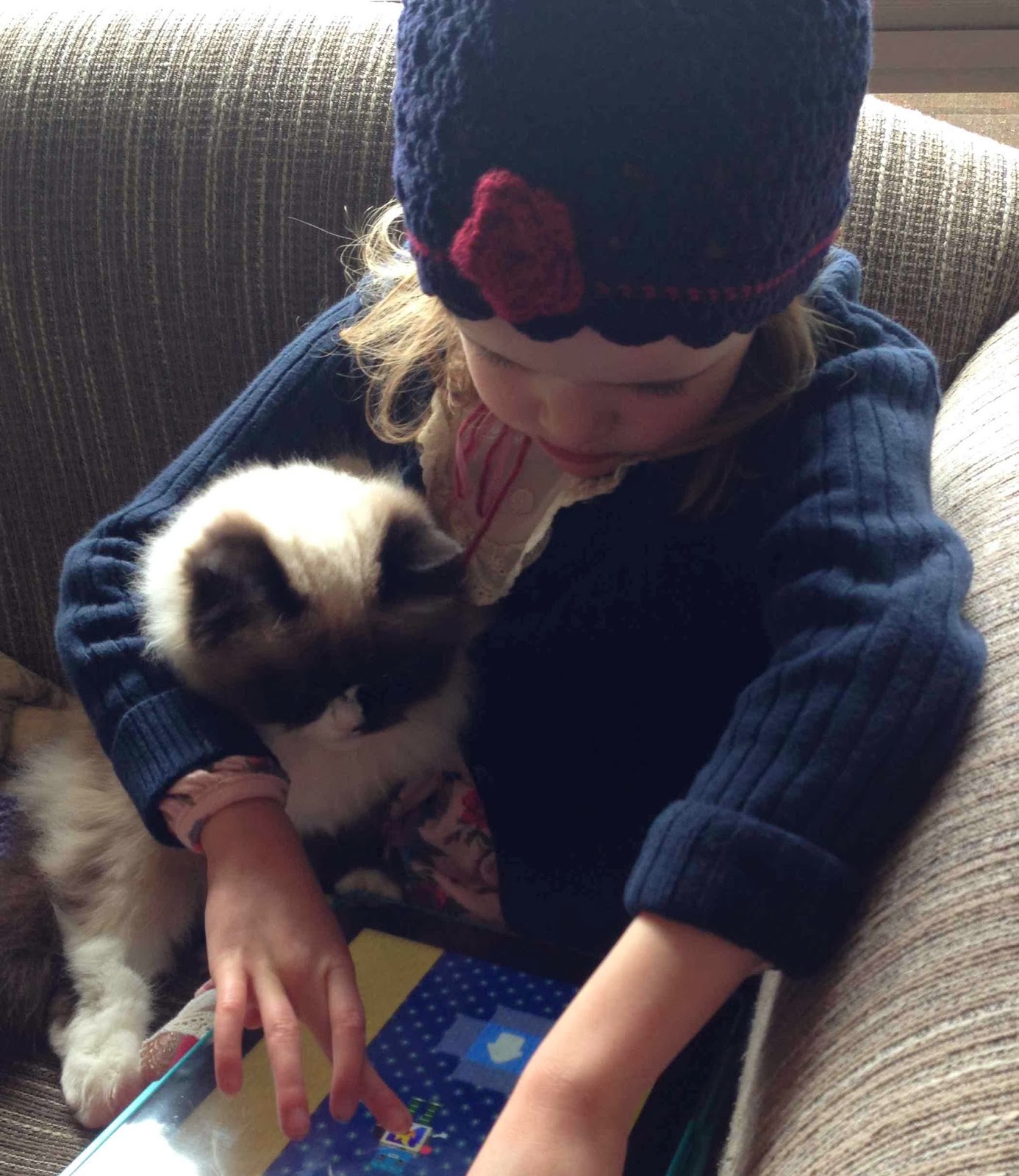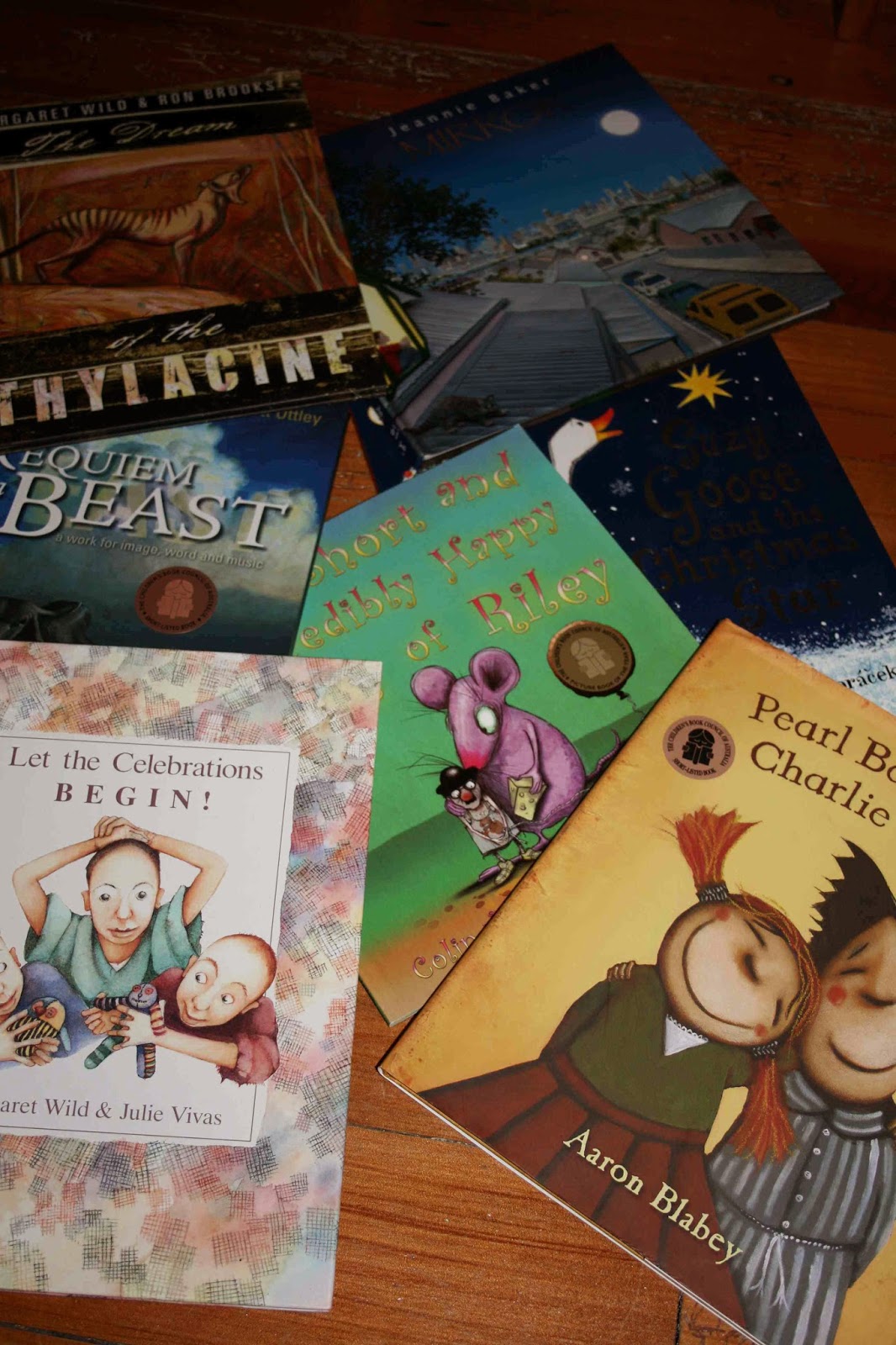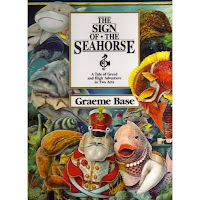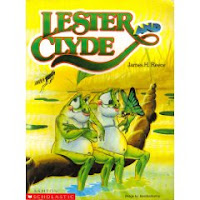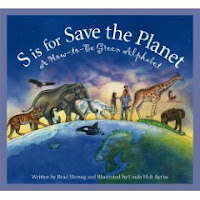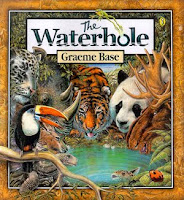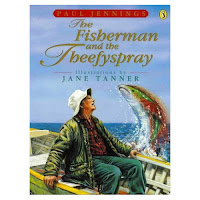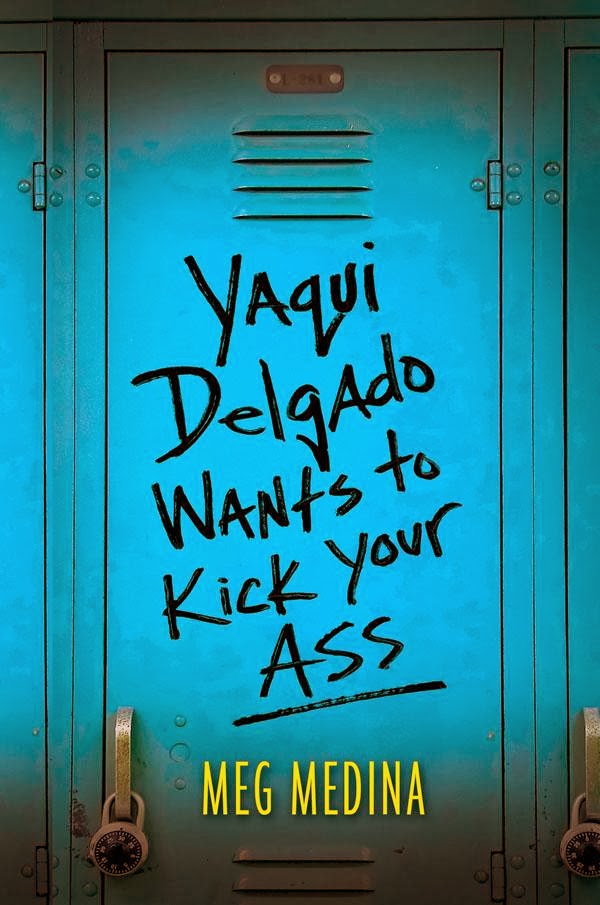 The American Library Association
The American Library Association has announced its annual award winners for books, videos, and
other outstanding materials for children and teens. The prizes for children's books are recognized throughout the world as amongst the most prestigious, theses awards increase market success and longevity. Committees
of librarians and other literature and media experts, choose the award winners on behalf of the Association for Library Service to Children (
ALSC). Their purpose is to
encourage original and creative work in the field of children’s and
young adult literature and media. The 2014 winners were announced on January 27 in Philadelphia.
The Newbery Medal was named after the eighteenth-century British bookseller
John Newbery. It is presented to the author of the book judged to have made the most distinguished contribution to American literature for children. The winner can be a work of fiction, non-fiction or poetry. The author must be a citizen or resident of the United States and the work written for children up to 14 years of age.
The Caldecott Medal was named in honour of nineteenth-century English illustrator
Randolph Caldecott. It is awarded annually to the artist of the most distinguished American picture book for children.
There are also a number of other specialist awards for fiction and non-fiction that were announced on the same day.
1. Newbery Medal 2014

The Newbery Medal was awarded to Kate DiCamillo’s '
Flora & Ulysses: The Illuminated Adventures'. K.G. Campbell brilliantly illustrates the book. It was published by
Candlewick Press. This is the second time Kate DiCamillo has won the Newbery, having also won in 2004 for '
The Tale of Despereaux'.
This is an hilarious and unlikely story. It begins with an overactive super vacuum cleaner and a tragic accident that involves Mrs Tickman and a squirrel that never saw the vacuum cleaner coming. Flora tried to warn her but ... too late! However, Ulysses (the flying 'super hero' squirrel) has not been killed '...but rather is been born anew, with powers of strength, flight, and misspelled poetry..'. Flora too is changed and is about to discover many things about herself. Ulysses joins forces with Flora to deal with her mother.
The 233-page book is a mix of text, full-page fine illustrations and graphic (comic-like) pages, all in black and white. The book will engage the most reluctant of 7-12 year old readers.
Honour Books
Four honour books were also announced.

'
Doll Bones,' written by Holly
Black and published by Margaret K. McElderry Books, an imprint of Simon
& Schuster Children’s Publishing Division
'
The Year of Billy Miller,' written by Kevin Henkes and published by Greenwillow Books, an
imprint of HarperCollins Publishers
'
One Came Home,' written by Amy
Timberlake and published by Alfred A. Knopf, an imprint of Random House
Children’s Books.
'
Paperboy,'
written by Vince Vawter and published by Delacorte Press, an imprint of
Random House Children’s Books.
2. Caldecott Medal 2014

The Caldecott Medal was awarded to '
Locomotive'. The book was written and illustrated by Brian Floca. published by Atheneum Books for Young Readers, an imprint of Simon & Schuster Children’s Publishing.
Floca is the author and illustrator of many books for children, including three Robert F. Sibert Honour Books: '
Moonshot: The Flight of Apollo 11', '
Lightship', and '
Ballet for Martha: Making Appalachian Spring',
written by Jan Greenberg and Sandra Jordan.
'Locomotive' is the story a family’s journey across America in 1869 on the newly completed transcontinental railroad. The star of the story is the steam engine, but a mother and her two children and all those who keep the train moving are essential extras as it races down the Californian coast.
For the true enthusiast of trains the author gives us plenty of technical information about 19th-century railroading. This is not surprising, as Floca seems to have aimed at a very broad audience. Some will be pulled along by rhythm of the story, others will love the train details, and some will revel in the sense of history (even in the very typefaces used). Floca uses free verse and as you'd expect plays with words and sound to great effect.
Now comes the locomotive!
The iron horse, the great machine!
Fifty
feet and forty tons. . .
Hear the clear, hard call of her bell:
clang-clang! clang-clang! clang-clang!
Hear the hisssssssss and the
spit of the steam!
Hear the engine breathe like a beast:
huff huff
huff!”
The technical craft and book design are both brilliant, as Floca uses every device to good effect to engage readers in this exciting journey by an incredible piece of 19th century technology.
Even the way he uses his
pictures provides a cinematic style that is hard to create, but which adds to the richness of the text. The detail in the illustrations is superb; it is as much draftsmanship as it is fine illustration.
The chair of the Caldecott judging panel commented:
“The committee was impressed with Floca’s ability to creatively capture
the immensity and inner workings of the early locomotive and combine it
with a family’s adventurous journey west,”
Readers of all ages will enjoy this book
Honour books
The judges also announced three honour books.
'
Journey,' written and
illustrated by Aaron Becker and published by Candlewick Press.
Aaron Becker is an experienced artist but this is his first children's book and it is 'a masterwork' (to quote the New York Times).
This is a story told completely using through images. It tells of a lonely little girl in a dull world where she and boring world who longs to escape. The sepia-toned city images give way to a world of colour when one day she takes a red crayon one day and draws a doorway on her bedroom wall that permits entry to another world. This is a completely different world of colour and imagination. Bedroom walls give way to an incredible walled city where every challenge and need can be solved with the stroke of her new tool to other places. The imagination is all that it takes to be transported to other places. In new worlds filled with the product of such imaginings our main character soars and navigates air and water, escapes problems and challenges and triumphs. Even on her return life now has more colour and life. Children aged 3 to 7 years will enjoy this stunning picture book.

'
Flora and the Flamingo,' written and illustrated by Molly Idle and published
by Chronicle Books. This is an amusing and innovative wordless picture book with interactive flaps. Flora and her flamingo friend explore the trials and joys of friendship through an elaborate synchronized dance.
'
Mr. Wuffles!' written and illustrated by
David Wiesner and published by Clarion Books, an imprint of Houghton
Mifflin Harcourt Publishing Company. This is another largely wordless book in which a cat named Mr. Wuffles shows little interest in a toy mice or goldfish, but much more interest in playing with a spaceship full of aliens. Brilliant and humorous book!
3. Other major awards
a) The 'Pura Belpre Award
This award category is for Latino or Latina writer and illustrators whose work best portrays the Latino cultural experience in works of literature for children or youth. The award is named after Pura Belpré, the first Latina librarian at the New
York Public Library. Separate awards are announced for best-illustrated book and best author.
Award to an author
Meg Medina has won the Pura Belpre Author Award for '
Yaqui Delgado Wants to Kick Your Ass'.
This is the story of a Latina teenager Piddy Sanchez who discovers one morning at school that Yaqui Delgado hates her and wants to 'kick her ass.' Piddy doesn’t know her, but she's been told that Yaqui thinks she's stuck-up, and can't be Latina. After all her skin is "too white", she gets "good grades", and she doesn't even have an accent. In parallel with this ever present threat is Piddy's desire to find out more about the father she’s never known. For Piddy life is complex as she tries to do well in her high school studies while working weekends at a neighbourhood hair salon. As the harassment escalates it becomes harder to avoid the dreaded Yaqui and her gang. Piddy tries to work through who she really is as she struggles to identify the face to show to her oppressors. This tale of struggle with life and identity will resonate with many teenagers whether Latino or not.
Award to an illustrator
Yuyi Morales has won in the
Illustrator category for '
Niño Wrestles the World,' which she both wrote and illustrated. The book was
published by Roaring Brook Press.
Dressed in a traditional wresting costume (mask and underwear) energetic and imaginative Niño is ready to take all comers. That is, until his real life sisters give him a run for his money! No opponent is too big a challenge for the cunning skills of Niño—popsicle eater, toy lover, somersault expert, and world champion lucha libre competitor! A brilliant picture book that has an authentic Latino voice and will appeal to readers aged 5-9 years.
b) Michael L. Prints Award
Susann Cokal has won The Michael L. Printz Award for her book '
The Kingdom of Little Wounds'. The award is offered annually and honours the best book written for
teens, and is based entirely on its literary merit.
This fantasy for young adults (16+) begins with a young seamstress who must stitch the Queen's gown on the night that her eldest daughter is to die. A royal nursemaid finds herself at the centre of a struggle. It is the eve of Princess Sophia’s wedding, in the Scandinavian city of Skyggehavn. All prepare for the grand occasion where unseemly riches will be displayed. But there is evil and darkness within the palace. A mysterious illness plagues the royal family, (syphilis) which is almost a metaphor for this novel as it threatens the lives of the privileged.
In the palace at Skyggehavn, things are rarely as they seem. The events of the novel's first night set in train a sequence of events that will alter the course of history in this ancient land. This is a tale of power, lust, intrigue, mystery and deception.
The book is an engaging read and is both beautifully written and stunningly produced as a book. I love the cover and the design throughout. Its deep crimson colour and detail throughout (even to the page edges), presents an object that certainly evokes some of the mystery and intrigue that the novel invites readers to enter. Some will find the themes raised challenging and might see the novel better saved for late teens, but the book is marketed at older teenagers and young adults. An excellent book for young adults.
c) Andrew Carnegie Award
Kate DiCamillo and Alison McGhee have won this award for their book '
Bink & Gollie: Two for One'. The book was
illustrated by Tony Fucile. The award recognises the most outstanding video productions for children released during the previous year.
This is the second in a series of books that began with '
Bink & Gollie', winner of the 2011
Theodor Seuss Geisel Award.
Bink and Gollie are two precocious and irrepressible but opposite friends and this book tells three related stories that occur at the state fair, which is in town. Bink and Gollie are about to have three very funny adventures! Bink (the smaller of the girls) decides to try her luck at the 'Whack-a-Duck' (the knock-em down stall) with the prize being the world's largest
doughnut. With enthusiasm, power, but poor aim she hits some marks, but all the wrong ones. The normally quiet and reserved Gollie decides to try her hand at the talent show. But just what is her talent? In the final story, Bink and Gollie find themselves in the tent of Madame Prunely, fortune-teller spectacular! She looks
into her crystal ball and tells them everything they could ever need to
know, they will always be together.
This simple 80-page book with illustrations on every page is an easy read for readers aged six to eight years. Newbery Medallist Kate DiCamillo, award winning author Alison McGhee and talented illustrator Tony Fucile deliver a funny book about friendship, imagination and adventure.
d) YALSA Award for Excellence in Nonfiction honours

Tanya Lee Stone has won the
YALSA Award for Excellence in Nonfiction, for her book '
Courage Has No Color: The True Story of the Triple Nickles. America’s First Black Paratroopers'. It was published by
Candlewick Press. This award honours the best nonfiction book published for young adults (ages 12-18).
This is a true story that has been a long time coming. It tells in a fair but powerful way of the racism that has often existed in armed forces around the world. Americans may well have heard of the
Tuskegee Airmen, but few would know of the
555th Parachute Infantry Battalion - the Triple Nickle. These were the first US black paratroopers. They showed that black soldiers could do anything their white counterparts could do. The text and over 100 carefully labelled photographs in this 150 page book offer us an insight into how some brave and persistent African American men paved the way for others to be a full part of the US armed forces.
Tanya Lee Stone (author of 'Almost Astronauts') has done extensive
research to tell her true story for readers of all ages. Boys in particular will love reading and looking at the historic photos. The work took Stone almost 10 years and the meticulous care and passion shows in this wonderful book. This amazing story will challenge all readers irrespective of age, race or ethnicity. It is a very worthy winner.
4. Notable Lists
Each year a committee of the Association for Library Service to Children (ALSC) identifies the best of the best in children's books. According to the Notables Criteria, 'notable' is defined as: "Worthy of note or notice, important, distinguished, outstanding. As applied to children's books, notable should be thought to include books of especially commendable quality, books that exhibit venturesome creativity, and books of fiction, information, poetry and pictures for all age levels (birth through age 14) that reflect and encourage children's interests in exemplary ways." The lists are organised in four categories:
Younger Readers – Preschool-grade 2 (age 7)
Middle Readers – Grades 3-5, ages 8-10
Older Readers – Grades 6-8, ages 11-14
All Ages – These have appeal and interest for children in all of the above age ranges
You can find the lists for each category
HERE

